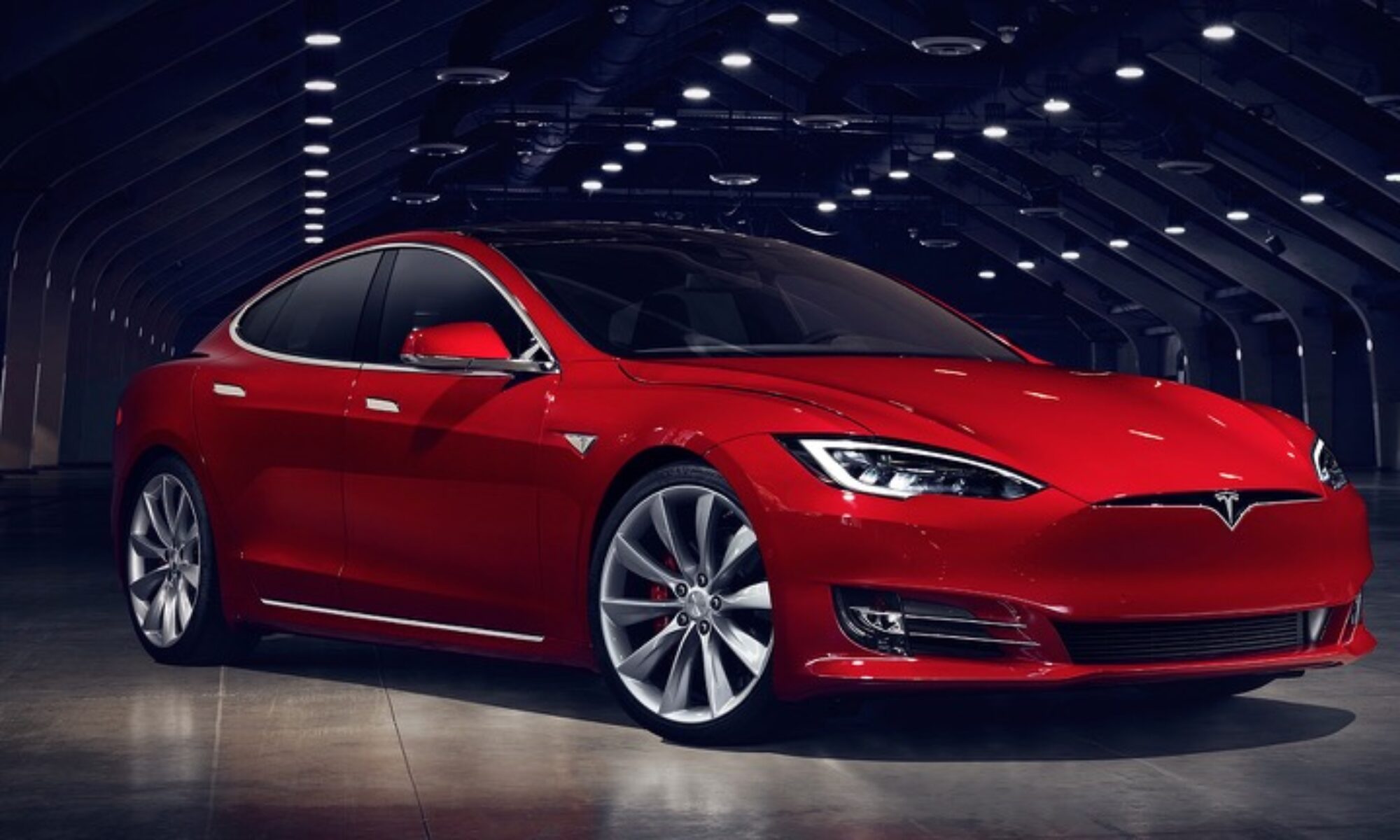Currently, all-electric vehicles have a driving range of 80 to more than 300 miles, with ranges increasing as new models are introduced to the market. In addition, electric vehicles don’t require much maintenance (such as oil changes, smog checks, spark plug changes, and replacing catalytic converters or various other parts that wear out and break down).
Some advantages of electric vehicles are that they can be charged at home using standard 120-volt or 240-volt house plugs, or at public or workplace charging stations. EVs don’t produce tailpipe emissions, which is good as it keeps the environment free of contamination. Charging Electric vehicles may increase pollution at the power plant, however, total emissions associated with driving EVs are comparatively less than those for gasoline cars. Electric vehicles will not emit any tailpipe emissions. A fuel cell vehicle operating on hydrogen will emit only water vapor.
According to the United States Environmental Protection Agency, a typical passenger gasoline car emits about 4.6 metric tons of carbon dioxide per year. This number can vary based on the vehicle’s fuel, fuel economy, and the number of miles driven per year. In addition to carbon dioxide (CO2), automobiles produce methane (CH4) and nitrous oxide (N2O) from the tailpipe and hydrofluorocarbon emissions from leaking air conditioners. These emissions despite seeming as if they are minute are all greenhouse gases that contribute to global warming.
https://static.seekingalpha.com/cdn/s3/uploads/getty_images/1391310711/webp_medium_image_1391310711.webp



